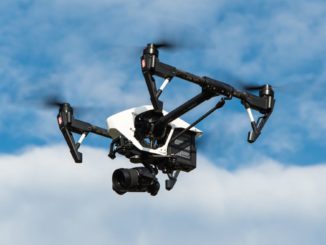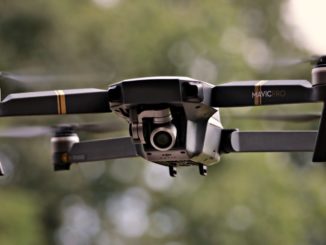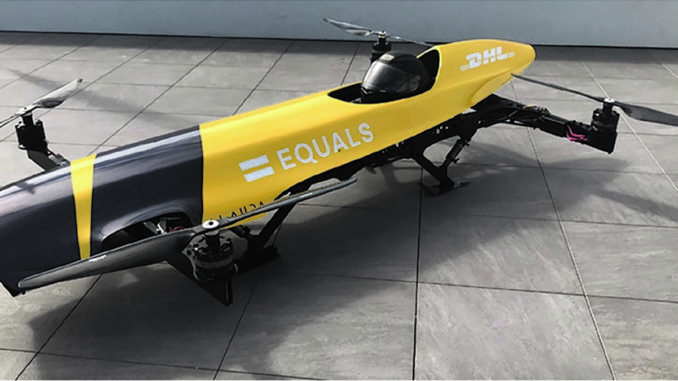
The Air Accidents Investigation Branch (AAIB) bulletin report on the crash of an Unmanned Aerial Vehicle (UAV) at Goodwood in 2019 has slammed the build quality and safety of the aircraft.
The 95kg aircraft crashed into a field after the remote pilot lost control of the UAV during a demonstration flight resulting in a “fly-away”.
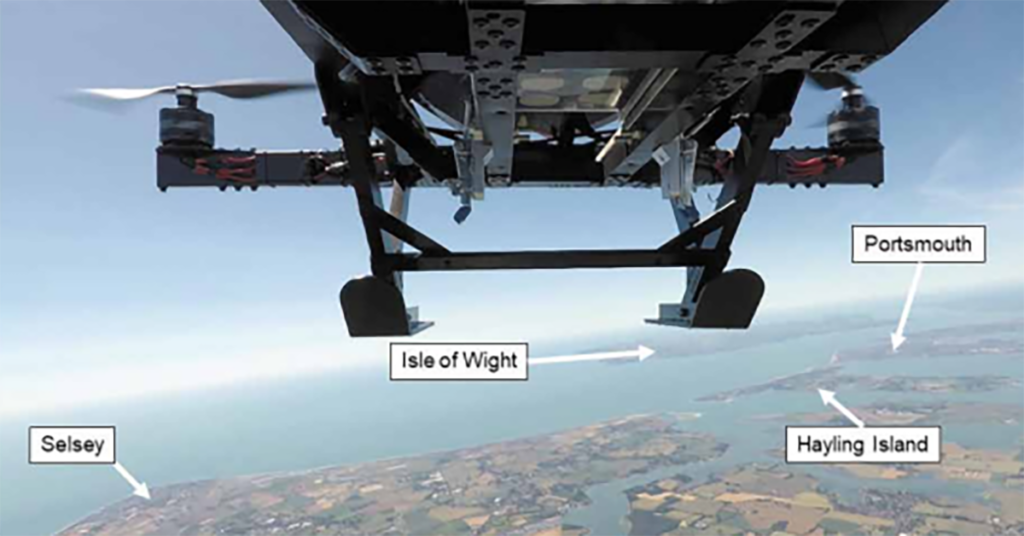
During the fly-away, the vehicle climbed to an altitude of 8,000ft into controlled airspace putting it into the path of aircraft holding for London Gatwick Airport.
According to the report, the pilot initiated a kill switch but this had no effect. The aircraft crashed into a field just 40m away from houses.
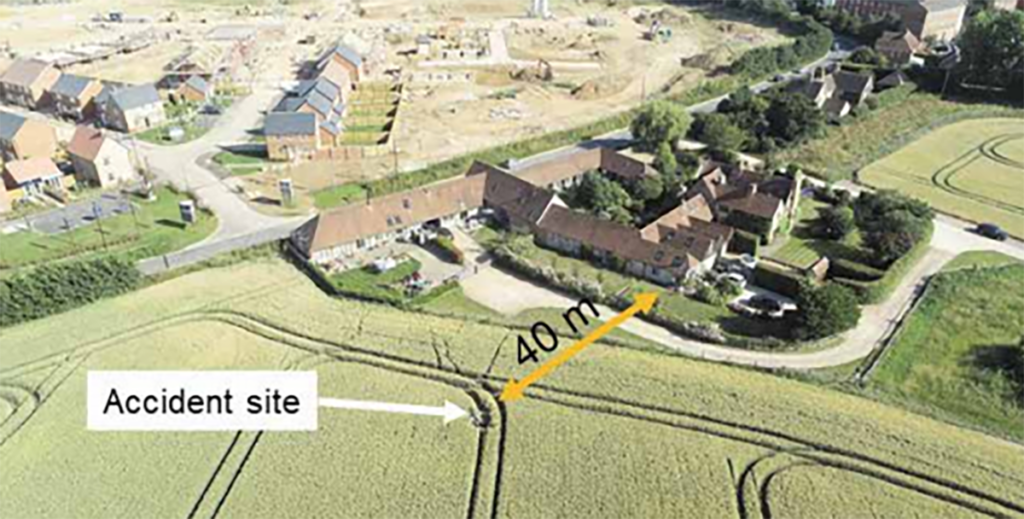
Investigators found that not only was the Alauda Airspeeder Mk II not designed, built or tested to any recognisable standards but that its design and build quality were of a poor standard.
They also found that the Operating Safety Case, an authorisation from the Civil Aviation Authority (CAA) to operate a UAV outside of normal regulations contained in the Air Navigation Order, contained several statements that were shown to be untrue.
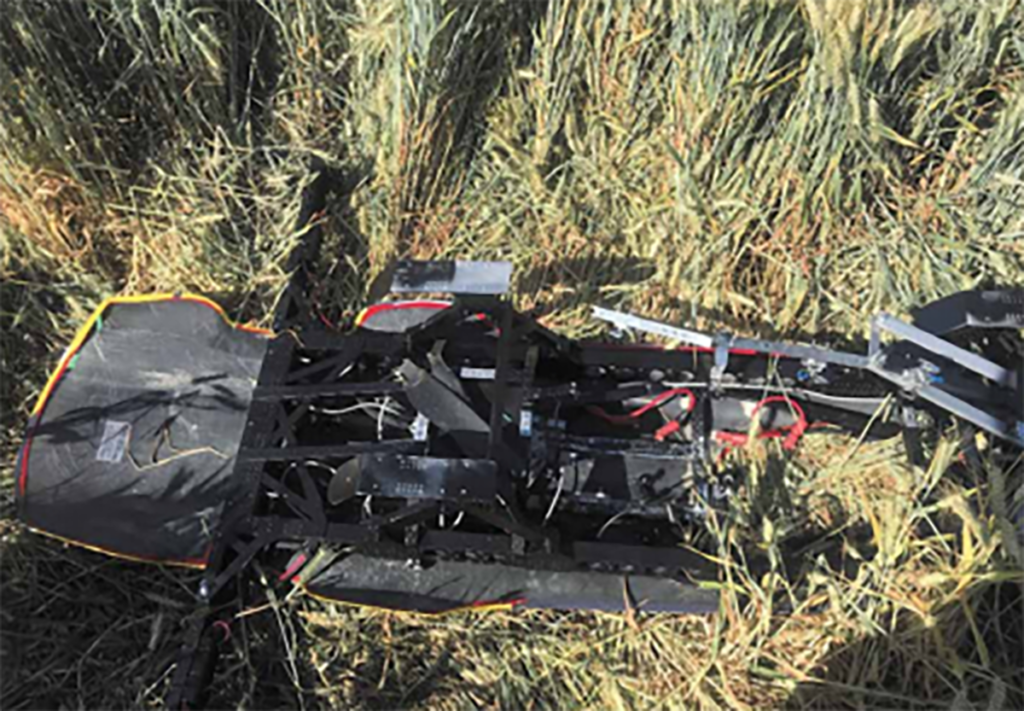
The report found that the CAA had issued the exemption without ever meeting the operators or inspecting the UAV.
Investigators concluded that the crash was caused by a loss of the link between the pilot and aircraft although the exact reason for that loss could not be established. The most likely reason was RF interference.
The AAIB made a number of safety recommendations including fitting UAVs with Flight Data Recording equipment and adopting appropriate design, production, maintenance and reliability standards for all Unmanned Aircraft Systems with aircraft capable of imparting over 80 joules of energy.
The Airspeeder is being designed for a type of electric VTOL flying car racing series which will use electric manned multicopters.
The full report can be read here


